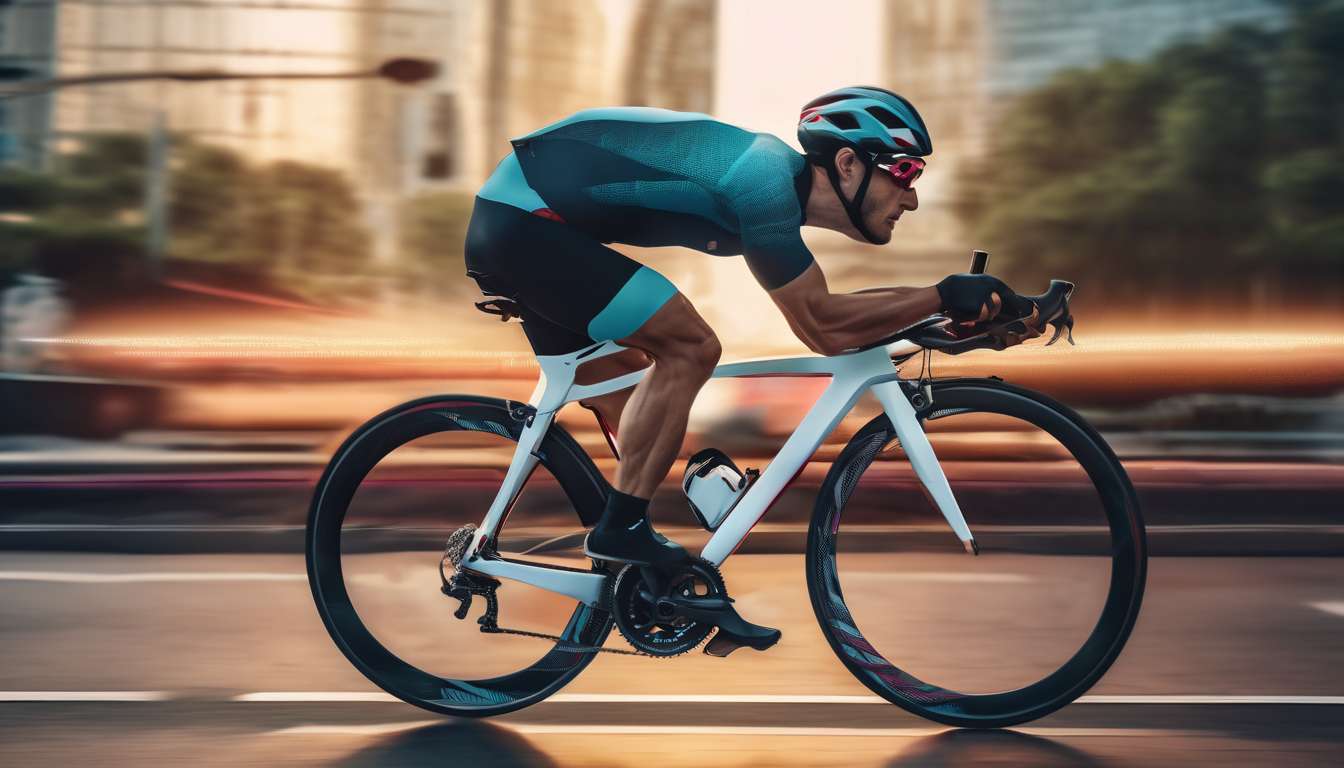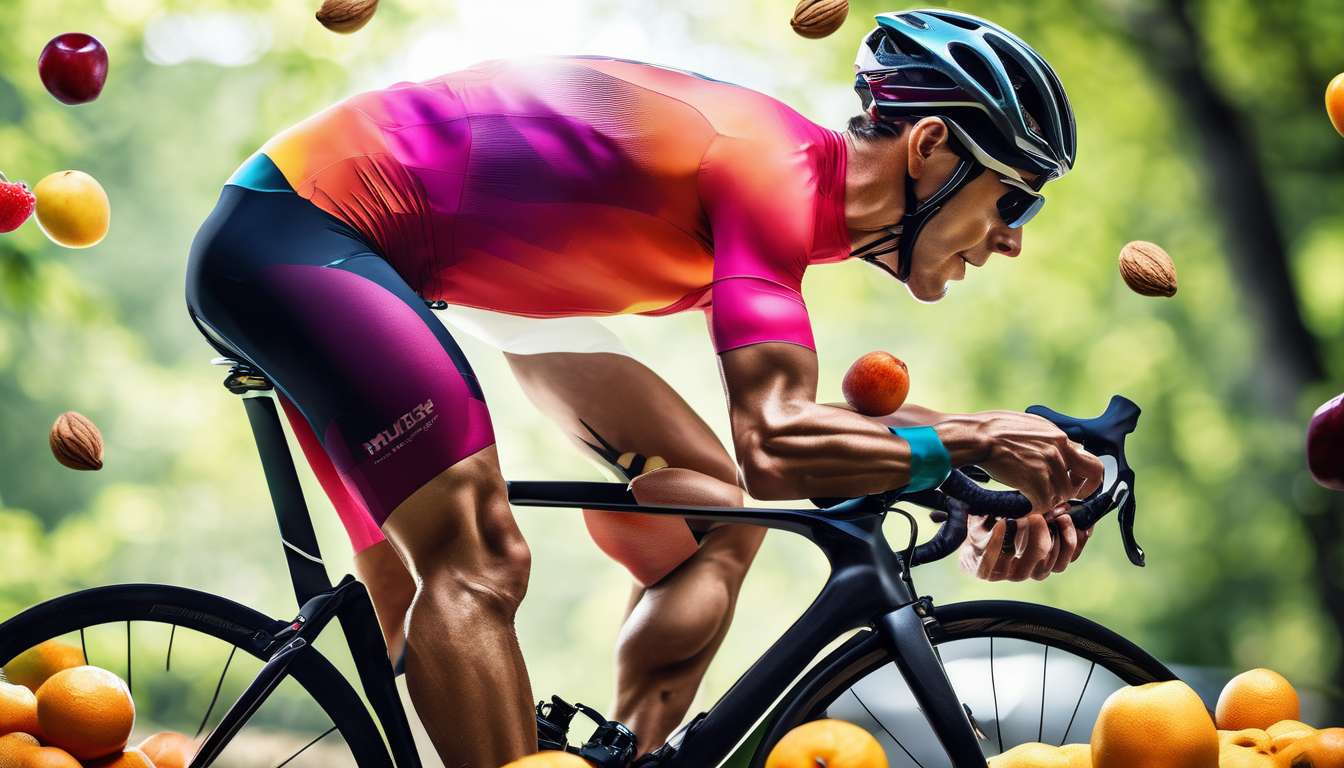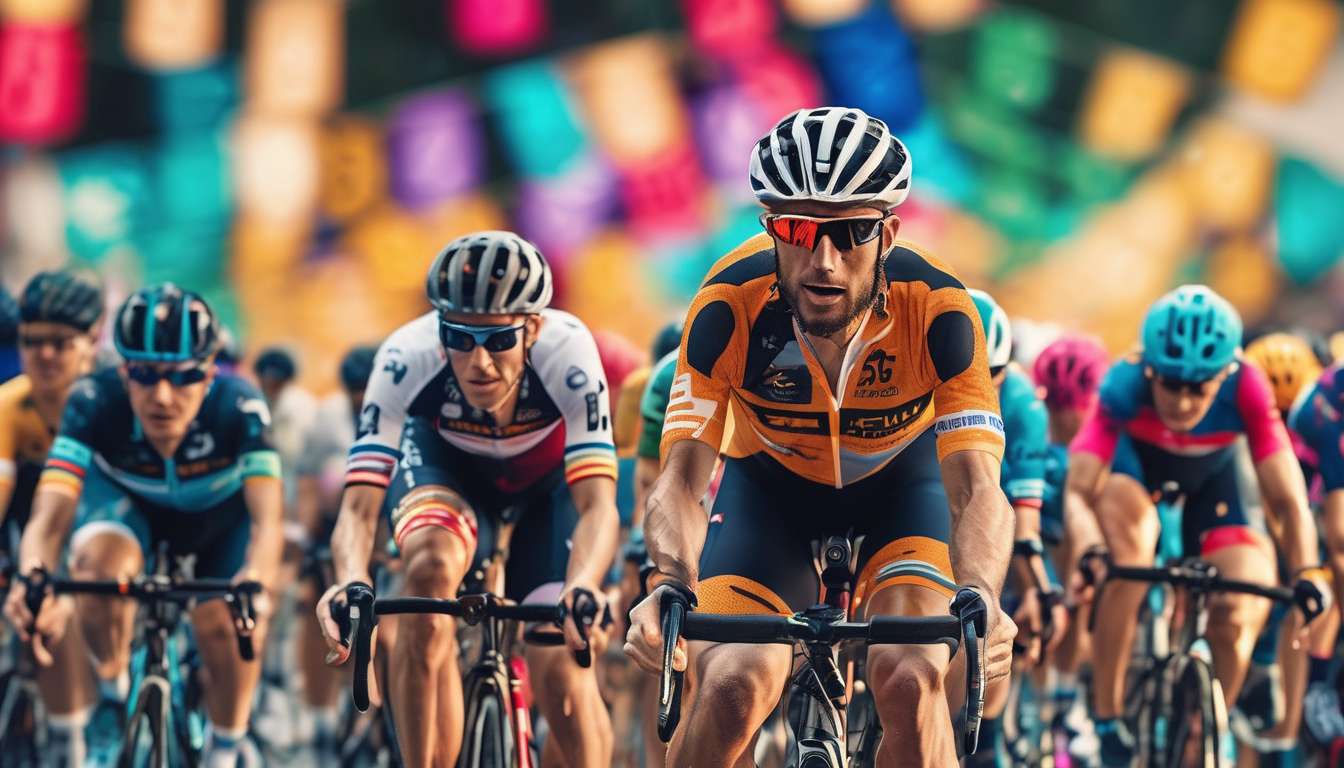As enthusiasts of the Grand Tour, we find ourselves captivated by the intricate strategies and thrilling unpredictability of each race. The question often arises: how do experts accurately forecast the outcomes amidst the chaos and fervor of these monumental cycling events?
In our exploration, we delve into the sophisticated world of Grand Tour predictions, uncovering the myriad factors that seasoned analysts and statisticians scrutinize to forecast the victors and pivotal moments. It’s more than just raw power and speed—it’s about endurance, team dynamics, weather conditions, and even psychological resilience.
By understanding what experts track, we gain a deeper appreciation for the complexities that define the sport and the art of prediction itself. Join us as we unpack the metrics and methodologies that bring a semblance of order to the whirlwind of the Grand Tour, and perhaps, sharpen our own instincts along the journey.
Key Factors in Grand Tour Predictions:
-
Endurance: Analyzing a cyclist’s ability to maintain performance over extended periods.
-
Team Dynamics: Evaluating how well team members support the lead cyclist and work together strategically.
-
Weather Conditions: Considering how varying weather can impact race dynamics and individual performance.
-
Psychological Resilience: Assessing a cyclist’s mental toughness and capacity to handle pressure.
Through these insights, we can better appreciate the art and science behind predicting outcomes in the world of competitive cycling.
The Role of Performance Data
Performance data plays a crucial role in shaping our Grand Tour predictions by offering insights into individual and team strengths.
We analyze this data to understand how well riders perform under various conditions, which helps us all feel part of a knowledgeable community. By examining peak performances, we identify who’s likely to shine when the pressure mounts. This data isn’t just numbers; it’s our shared language in predicting successes and setbacks.
Recovery strategies are equally important as they reveal how quickly and effectively riders bounce back after grueling stages. We track rest periods and nutrition, understanding that recovery can make or break a contender’s tour. It’s fascinating how these strategies are integral to our collective discussion and bonding over the sport.
While race tactics are another piece of the puzzle, performance data and recovery insights offer us a comprehensive view.
Through these shared insights, we’re better equipped to predict outcomes, creating a sense of belonging within our cycling community.
Impact of Race Tactics
In our quest to predict Grand Tour outcomes, strategic maneuvers in races often tip the scales in favor of the savviest teams and riders.
We’ve seen time and again how race tactics, when executed with precision, can make all the difference. Whether it’s a well-timed breakaway or a perfectly orchestrated lead-out train, these tactics aren’t just about raw power; they’re about smart decision-making.
Analyzing performance data allows us to understand how teams adapt their strategies to exploit opponents’ weaknesses.
Teams employ specific recovery strategies to keep their riders fresh for critical stages. It’s not just about who has the strongest legs; it’s about who can recover and respond under pressure.
When we dig into the nitty-gritty of race tactics, we connect with the very essence of competitive cycling.
We belong to a community that appreciates the art of racing, where every move on the road is a calculated step toward victory.
Influence of Climbing Skills
Climbing skills often determine a rider’s success in Grand Tours, where grueling ascents separate the contenders from the rest. As enthusiasts, we know the thrill of watching climbers conquer intimidating peaks. Their ability to sustain high power outputs on steep gradients is crucial. By analyzing performance data, we can predict which riders are likely to shine in the mountains.
We’re drawn to the strategies they employ:
- Some riders attack early, using race tactics to gain an advantage before the final climb.
- Others bide their time, waiting for the perfect moment to strike.
These decisions often depend on a rider’s confidence in their climbing prowess.
It’s not just about raw power; mental fortitude plays an equally vital role in pushing through the pain. While recovery strategies are critical, a climber’s instincts and tactical acumen can make all the difference.
When we track their climbing skills, we feel a part of the race, sharing in the riders’ triumphs and struggles.
Importance of Recovery Strategies
Effective Recovery Strategies in a Grand Tour
Effective recovery strategies can significantly impact a rider’s performance in the grueling stages of a Grand Tour. As we analyze performance data, it becomes evident how crucial recovery is to sustaining energy and optimizing race tactics.
When part of a team, recovery isn’t just about rest; it’s a deliberate, strategic process that includes:
- Nutrition
- Hydration
- Mental relaxation
Together, we understand that each rider’s needs vary, and personalizing recovery strategies can lead to significant gains.
Recovery as an Active Element
Recovery isn’t just a pause; it’s an active element of our race tactics. By integrating smart recovery processes, we:
- Improve physical readiness
- Foster a sense of unity and shared purpose
Our performance data consistently shows that those who invest in recovery stand a better chance of enduring the challenges of a Grand Tour.
Community and Collective Success
As a community, we know that supporting each other’s recovery efforts ultimately enhances our collective success.
Consideration of Time Trials
In the realm of Grand Tours, time trials play a pivotal role in determining the overall standings and require meticulous planning and execution. These intense races are where seconds mean everything, and every pedal stroke counts.
Performance Analysis
As a collective, we closely analyze performance data to ensure our riders are at their peak. We delve into the intricacies of:
- Aerodynamics
- Pacing
- Equipment choices
These factors are critical to gaining any competitive edge.
Race Tactics
Our race tactics must be precise, reflecting:
- The course specifics
- Our riders’ strengths
We align these strategies with the riders’ recovery strategies, ensuring they’re primed for each trial. The balance between exertion and recovery is delicate but essential.
Teamwork and Data Utilization
As a team, we’re united in our pursuit to optimize every aspect of performance. We stay connected to the pulse of the race, making informed adjustments as necessary.
Together, we harness the power of data and teamwork, making every second on the clock count.
Significance of Nutrition Plans
Proper nutrition is crucial to our riders’ success, fueling their bodies to endure the grueling demands of a Grand Tour. Our nutrition plans are meticulously crafted to align with each rider’s performance data, ensuring they receive the optimal balance of carbohydrates, proteins, and fats. This tailored approach allows us to maximize energy levels and maintain peak performance throughout every stage.
Timing is key to our strategy. We strategically plan meals and snacks:
- Before races
- During races
- After races
This supports both immediate energy needs and effective recovery strategies. By doing so, we help our team bounce back quicker and prepare for the next challenge.
Incorporating nutrition into our race tactics is equally vital. A well-fed rider makes smarter decisions under pressure, maintaining mental sharpness and physical resilience.
Together, our team thrives by sharing a common goal: pushing boundaries and achieving victory, united by the power of proper nutrition.
Analysis of Injury Management
Effective injury management is crucial for keeping our riders on the road and performing at their best throughout the Grand Tour.
We understand that injuries can disrupt:
- A rider’s physical condition
- The team’s overall morale
By closely monitoring performance data, we’re able to identify early signs of potential issues. This proactive approach allows us to implement recovery strategies before minor concerns become major setbacks.
Our team embraces a community-minded approach, where everyone, from riders to support staff, contributes to a shared goal. We know that a well-recovered rider is more likely to:
- Employ successful race tactics
- Stay competitive
By fostering an environment where open communication about injuries is encouraged, we ensure that everyone feels supported and valued.
Ultimately, our focus on injury management aligns with our commitment to the collective success of the team. Together, we strive to maintain the health and performance of our riders, ensuring they can achieve their Grand Tour ambitions.
Weight of Previous Race Results
Understanding how previous race results influence our strategy is vital for optimizing our approach in the Grand Tour.
As a community passionate about cycling, we recognize that analyzing performance data from past races provides insights into potential outcomes. By examining this data, we can identify which race tactics have been successful and which need adjustment.
Incorporating effective recovery strategies is crucial.
Our collective experience teaches us the importance of effective recovery. We’ve observed that:
- Riders who manage their recovery well often outperform expectations in subsequent races.
- Proper recovery boosts morale.
- It strengthens our shared commitment to improvement.
Analyzing past results helps us understand our competitors.
By evaluating how competitors have performed under various conditions, we can:
- Gauge their strengths and weaknesses.
- Tailor our race tactics to exploit opportunities and counteract threats.
Together, we build a strategy that is both reactive and proactive.
This ensures that we’re better prepared and more cohesive as a team. Let’s keep refining our approach and learning from every race to continuously improve.
How do external factors like weather conditions affect the overall race predictions?
When it comes to overall race predictions, external factors like weather conditions can play a significant role.
Weather Impact:
- The weather can impact the pace of the race.
- It can affect the strategies of the riders.
- It may lead to unexpected outcomes.
By closely monitoring weather forecasts and adapting our predictions accordingly, we can better anticipate how these external elements might influence the race results.
It’s essential to stay flexible and consider all variables for accurate predictions.
What psychological factors are considered when predicting a cyclist’s performance in a Grand Tour?
When predicting a cyclist’s performance in a Grand Tour, we consider various psychological factors:
- Confidence
- Motivation
- Mental toughness
- Ability to handle pressure
Understanding how a cyclist mentally prepares and copes with challenges throughout the race helps us gauge their potential performance.
By analyzing these psychological aspects alongside physical abilities, we can develop a more comprehensive prediction of how a cyclist may fare in a Grand Tour.
How do team dynamics and support affect an individual rider’s chances in a Grand Tour?
When it comes to Grand Tours, team dynamics and support play a crucial role in determining an individual rider’s success.
Teammates working together seamlessly can provide several strategic advantages, such as:
- Protecting the leader from wind resistance.
- Offering crucial assistance during challenging moments.
A cohesive team can lift everyone’s performance by:
- Creating a supportive environment.
- Boosting morale.
- Enhancing overall chances of success.
In the high-stakes world of Grand Tours, teamwork truly makes the dream work.
Conclusion
In conclusion, experts actively track several key factors to predict outcomes in the Grand Tour:
- Performance data
- Race tactics
- Climbing skills
- Recovery strategies
- Time trials
- Nutrition plans
- Injury management
- Previous race results
By considering these elements, they aim to forecast the competitive landscape and anticipate the potential winners of this prestigious event.




